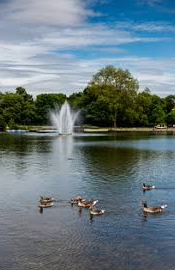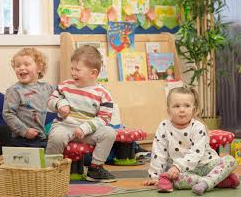
“How the cast, challenges, and creative choices shaped the beginning of a cultural phenomenon ovThe release of Harry Potter and the Sorcerer’s Stone on November 13, 2001, marked the start of a cinematic franchise that redefined the fantasy genre. Based on J.K. Rowling’s beloved novels, the film brought the young wizard and his friends to life on the big screen in spectacular fashion, becoming the second highest-grossing movie of its time. Terms like “Muggle” and “Quidditch” became part of everyday language, and the magic of Hogwarts captivated audiences of all ages.
Director Chris Columbus, known for his ability to work with young actors, helmed the project with dedication and creativity. The primarily British cast featured emerging talents like Daniel Radcliffe, Rupert Grint, and Emma Watson, alongside seasoned stars such as Maggie Smith and Alan Rickman. Radcliffe’s casting as Harry Potter was almost derailed by his parents’ initial reluctance, but he eventually became the face of a generation’s beloved hero.
Filming, conducted in English studios and locations like Alnwick Castle, presented technical challenges and unforgettable moments. From practical effects to humorous interactions with the cast, the set was a hub of learning and camaraderie. Richard Harris, who portrayed Dumbledore, left a lasting impression with his eccentric personality, even after his departure following the second movie.
Twenty years later, Harry Potter and the Sorcerer’s Stone remains a landmark in cinematic history, turning a fictional world into a global phenomenon. The cultural impact of the series endures, with fans of all ages still celebrating its unparalleled magic.er 20 years ago”












